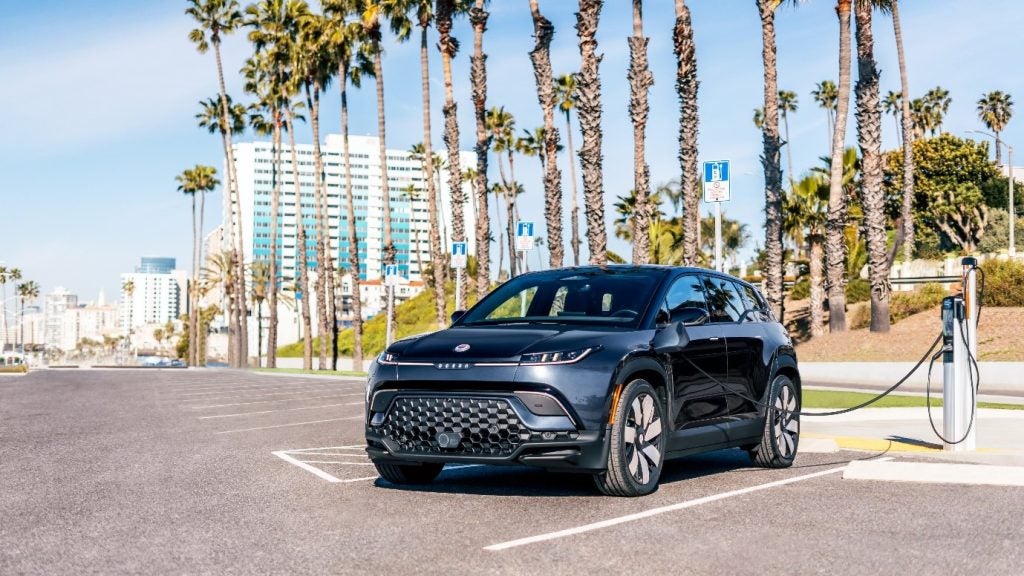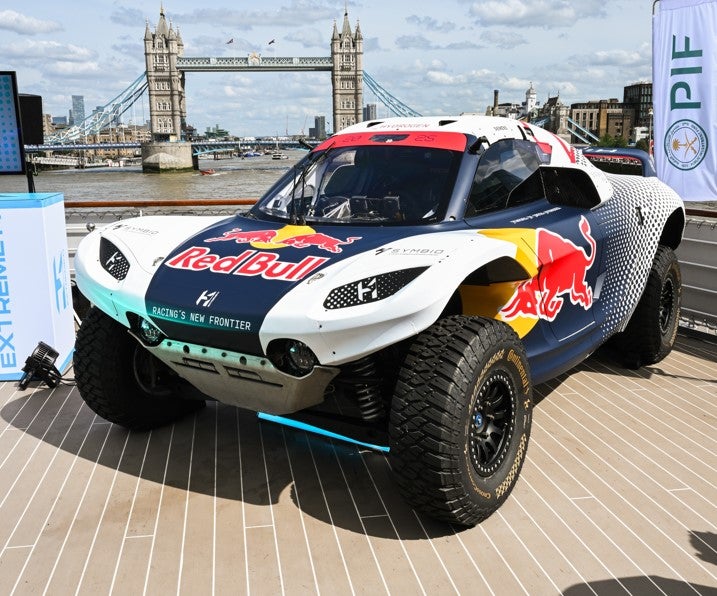The automotive industry continues to be a hotbed of innovation. Activity is driven by the need to reduce exhaust generated noise and improve engine efficiency, and growing importance of technologies such as exhaust after treatment systems and exhaust gas recirculation systems. In the last three years alone, there have been over 1.2 million patents filed and granted in the automotive industry, according to GlobalData’s report on Environmental sustainability in Automotive: ICE exhaust system design. Buy the report here.
According to GlobalData’s Technology Foresights, which uses over 619,000 patents to analyse innovation intensity for the automotive industry, there are 290+ innovation areas that will shape the future of the industry.
ICE exhaust system design is a key innovation area in environmental sustainability
An exhaust system is utilised to move reaction exhaust gases away from controlled combustion within an engine. The entire system transfers burnt gases from the engine and contains one or more exhaust pipes.
GlobalData’s analysis also uncovers the companies at the forefront of each innovation area and assesses the potential reach and impact of their patenting activity across different applications and geographies. According to GlobalData, there are 60+ companies, spanning technology vendors, established automotive companies, and up-and-coming start-ups engaged in the development and application of ICE exhaust system design.
Key players in ICE exhaust system design – a disruptive innovation in the automotive industry
‘Application diversity’ measures the number of different applications identified for each relevant patent. It broadly splits companies into either ‘niche’ or ‘diversified’ innovators.
‘Geographic reach’ refers to the number of different countries each relevant patent is registered in. It reflects the breadth of geographic application intended, ranging from ‘global’ to ‘local’.
Patent volumes related to ICE exhaust system design
Source: GlobalData Patent Analytics
Porsche Automobil is a leading player in the ICE exhaust system design innovation area. The company has developed the Porsche 911 exhaust system, which utilises proprietary V-Band fittings and features a quick and easy assembly procedure. The 911 exhaust system can be utilised in the factory silencer positions and comes with multiple silencer options that can be implemented in a modular fashion using the factory mounting points. It also saves weight over the most rearward part of the car. Toyota, Mazda, Komatsu, Yanmar and Ford are some of the other key players.
To further understand how environmental sustainability is disrupting the automotive industry, access GlobalData’s latest thematic research report on Automotive.
Data Insights
From

The gold standard of business intelligence.
Blending expert knowledge with cutting-edge technology, GlobalData’s unrivalled proprietary data will enable you to decode what’s happening in your market. You can make better informed decisions and gain a future-proof advantage over your competitors.







